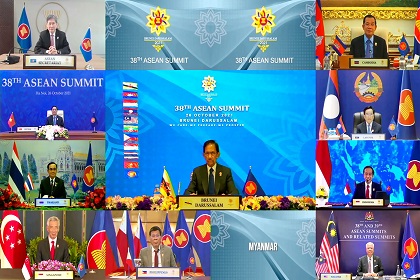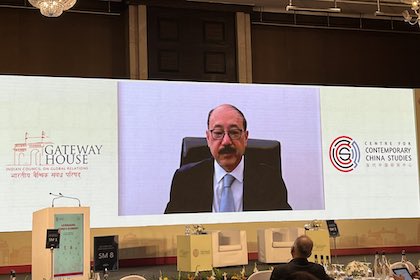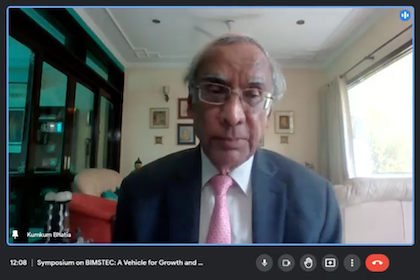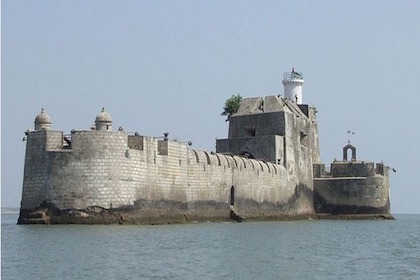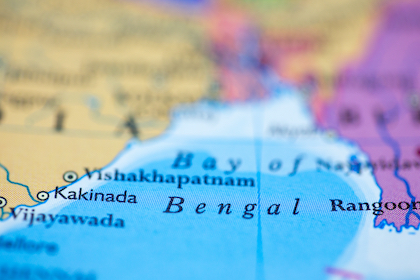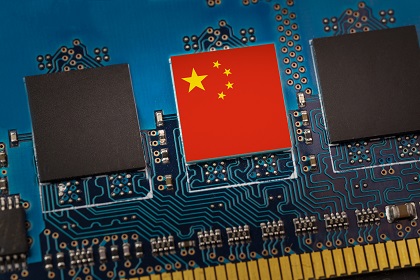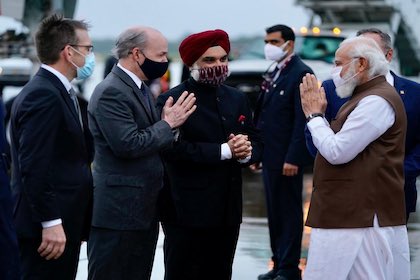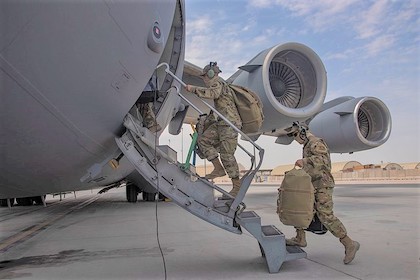2021 ASEAN’s new realities
ASEAN summits often tend to be routine affairs with long joint communiques. But the 26th October Summit had interesting dimensions. ASEAN had to balance Indo-Pacific rivalries, suspend Myanmar from attending, and expedite trade services agreements. As it seeks to expand its global engagement, ASEAN must remember to remain an area of solace and stability for its members.

